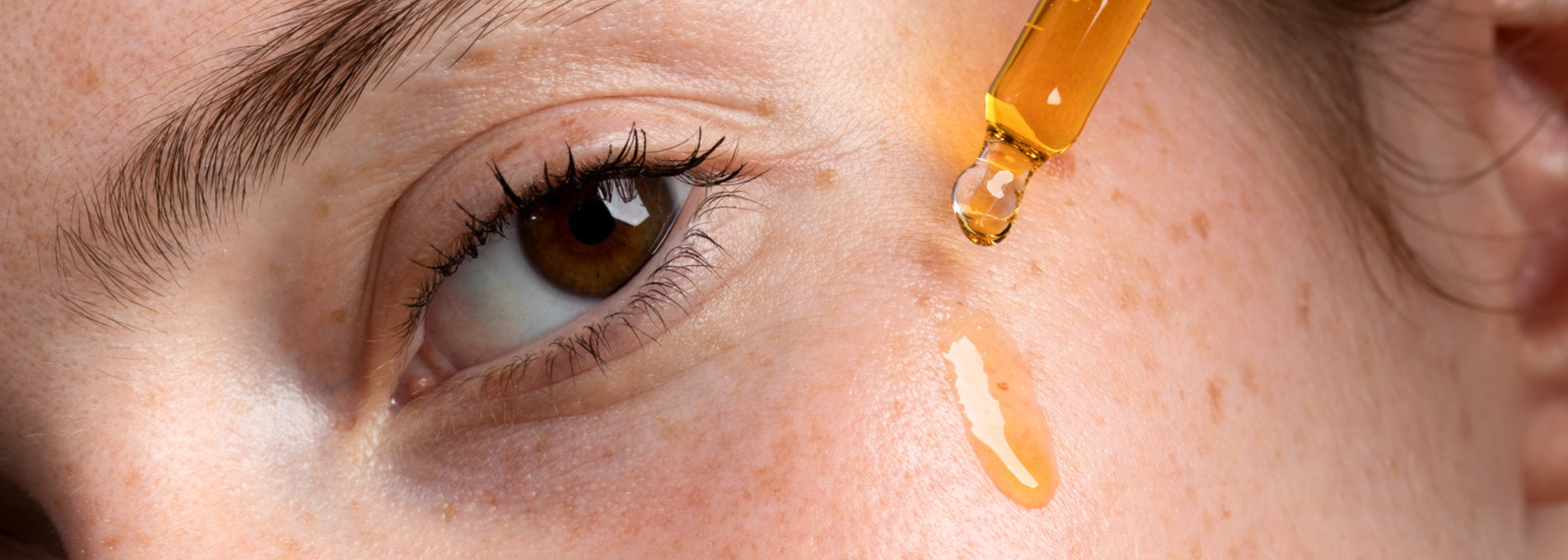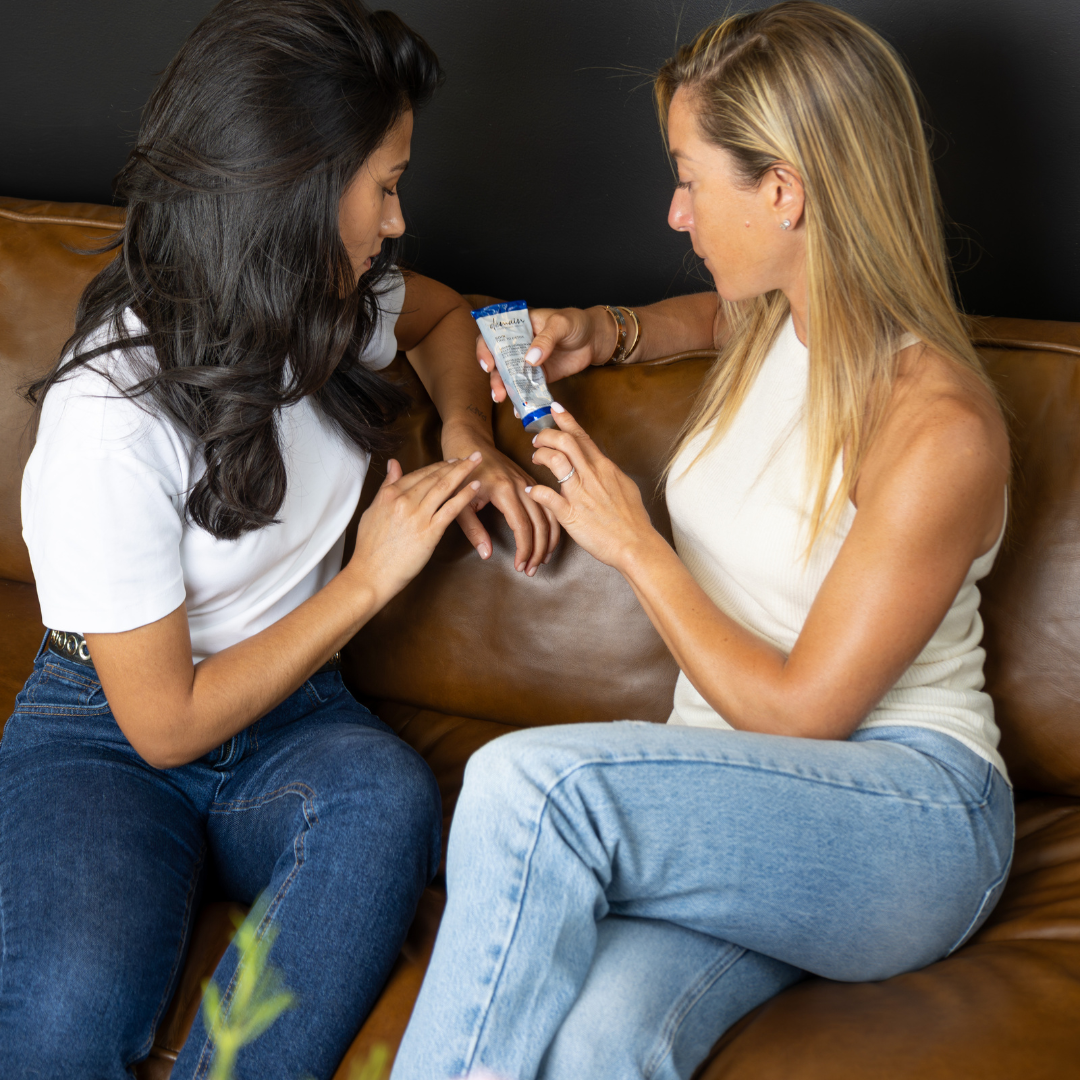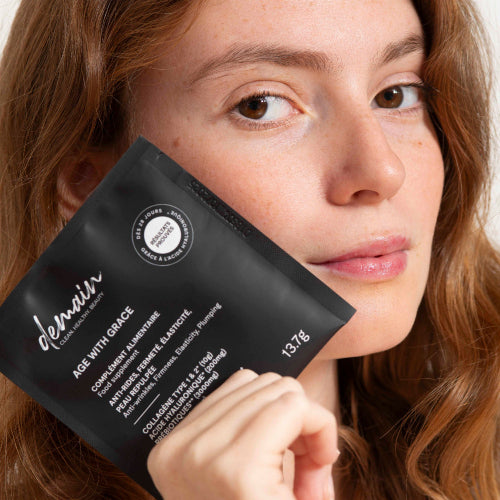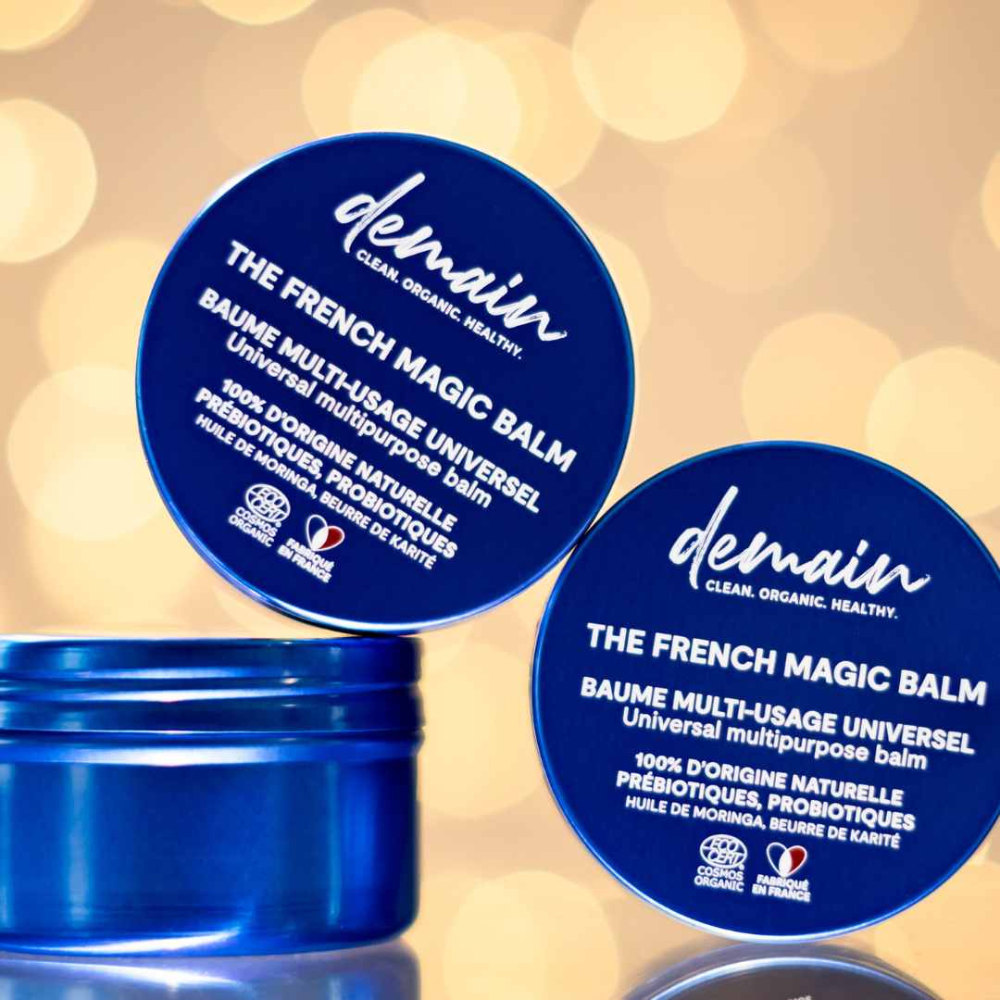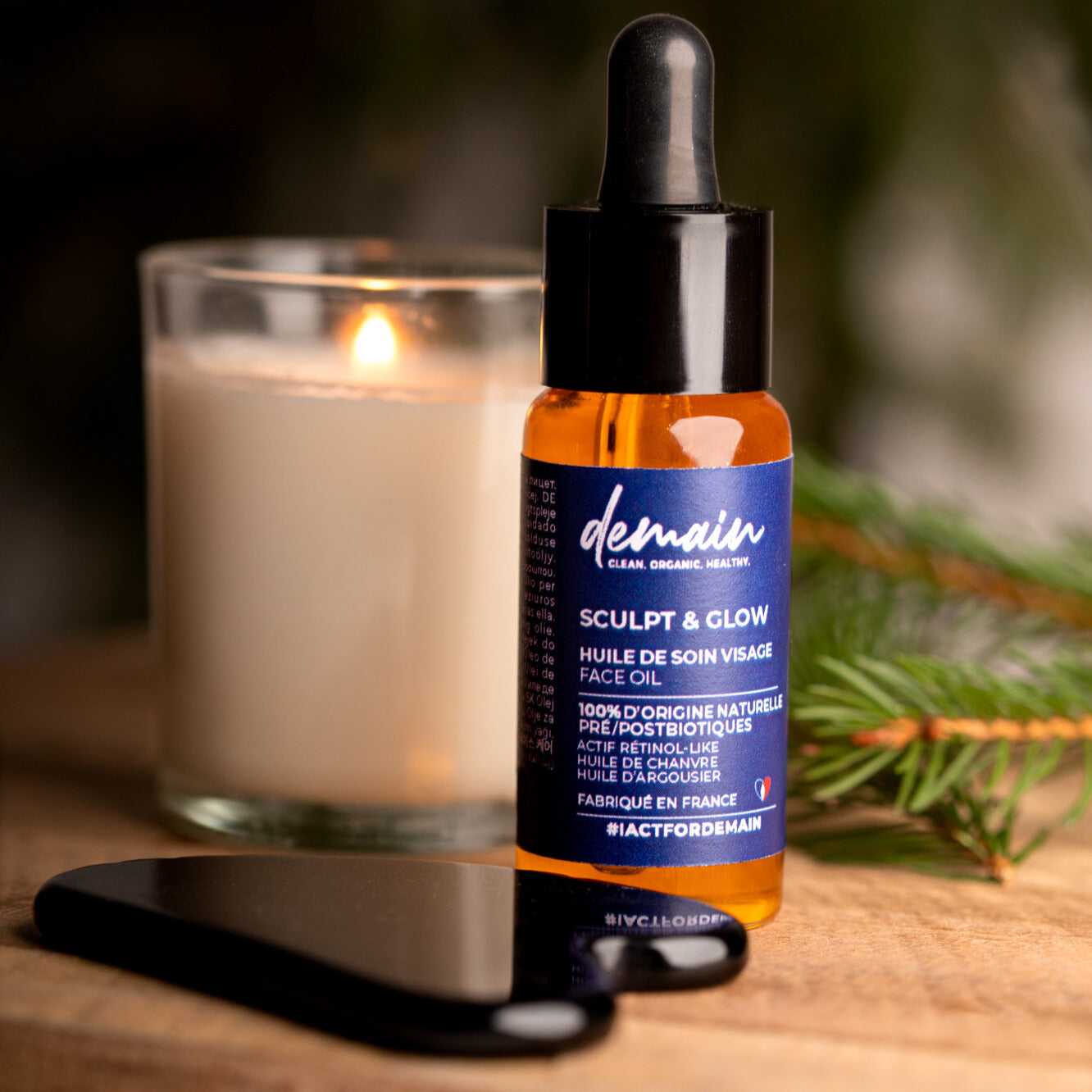A skincare routine is more than just a matter of aesthetics. It's synonymous with well-being, rest, and relaxation. Whether through natural products, massages, or even spa treatments, taking care of your skin contributes to a sense of satisfaction. It's a moment for yourself, essential to our balance. Ready to discover how to optimize your routine for optimal health and well-being?
Understanding the concept of well-being
The concept of well-being is multidimensional and encompasses various facets of our existence. It's not just about feeling good physically, but also mentally, emotionally, and socially. Well-being is also linked to how we perceive our lives, our accomplishments, and our interpersonal relationships.
- Physical well-being refers to the health, material comfort, and proper functioning of our bodies. This includes a balanced diet, regular exercise, restful sleep, and respecting our biological clock.
- Mental well-being is linked to our ability to manage stress, stay focused, and maintain a positive attitude. It is also associated with self-actualization and awareness of our values and goals.
- Emotional well-being is about managing our emotions, the ability to express our feelings and maintain healthy emotional relationships.
- Social well-being relates to our interaction with others and our sense of belonging to a community.
Each dimension of well-being is interconnected and contributes to our overall sense of satisfaction and fulfillment.
Well-being: a question of health and relaxation
Health and relaxation are the pillars of well-being. Healthy, glowing skin can improve our self-image and self-esteem, key factors in our overall well-being. Skincare routines can become true relaxation rituals. They offer the opportunity to refocus, relax, and take care of ourselves, allowing for beneficial mental rest.
- A personalized beauty routine, tailored to your skin type, can help prevent the onset of skin problems and improve the radiance and health of your skin.
- Skincare moments can be incorporated into your daily routine, as a relaxing ritual, promoting a feeling of well-being and relaxation.
- Skin care can also be combined with holistic wellness practices, balancing your skin health with your overall well-being.
The role of work in well-being
How to reconcile work and well-being?
Balancing work and well-being is not an impossible task, especially when you understand that these two aspects are inseparable for a harmonious life. The key lies in balance and implementing appropriate strategies.
- Opting for caring management that values respect, collaboration and open communication is essential.
- Companies must view workplace well-being as a critical investment , not an expense.
- Incorporating moments of relaxation into the workday, such as a meditation session or a few minutes of break to stretch your legs, can help reduce stress and improve productivity.
- Ergonomic workspace arrangements can also help prevent joint pain, positively impacting quality of life at work.
All these actions contribute to creating a working environment conducive to well-being, thus improving performance.
Why is work important for well-being?
Work occupies a significant place in our lives. It is therefore logical that it has an impact on our well-being. First, work provides meaning and purpose to our lives . It gives us the opportunity to achieve fulfillment, develop our skills, and contribute to society. It is a source of satisfaction and self-esteem.
Second, work is a place of exchange and socialization . It allows us to create social bonds, interact with other people, and work as a team. This contributes to social well-being, one of the dimensions of well-being.
Finally, work can promote our physical well-being . A professional activity that promotes physical activity, or that is carried out in a healthy and ergonomic environment, can contribute to our health and well-being.
However, it's important to note that these benefits are highly dependent on working conditions. A stressful work environment, excessive workload, or a lack of recognition can all be detrimental to well-being. It is therefore essential to promote working conditions that promote well-being.
Well-being at work: a social economy
The social economy is a model that places people and their well-being at the heart of its concerns. Applying this model to the world of work is beneficial in several ways.
On the one hand, an employee who feels good in their work environment is generally more productive, more engaged, and more creative. The social economy at work therefore promotes the company's overall performance.
On the other hand, workplace well-being contributes to employee loyalty . A company that values the well-being of its employees, for example by implementing policies to prevent psychosocial risks, is perceived as an attractive place to work.
Furthermore, the social economy is part of corporate social responsibility . By promoting well-being at work, companies contribute to the health and fulfillment of their employees, as well as to building a fairer and more balanced society.
The different forms of well-being
Physical well-being: the importance of body care
Body care plays a key role in maintaining our physical well-being. It encompasses activities that promote the health of our bodies, from personal hygiene to regular physical activity and a balanced diet.
Personal Hygiene : Adopting a daily hygiene routine helps maintain healthy skin, limits infections and strengthens our sense of well-being.
Physical activity : Regular physical activity offers many health benefits, improves endurance and strengthens the immune system.
Diet : A balanced diet and adequate hydration are essential to provide our body with the nutrients it needs to function properly.
Each of these three pillars contributes to our vitality, energy, and physical strength. Therefore, taking care of our bodies should not be seen as a burden but as an investment in our physical well-being.
Mental well-being: relaxation and meditation
Relaxation and meditation are two powerful practices for mental well-being. They promote stress reduction and calm thoughts, allowing one to achieve a state of inner calm.
- Relaxation relies on specific techniques designed to relax the body and mind. It can take various forms, ranging from simple deep breathing to more elaborate methods such as Jacobson's progressive relaxation or self-hypnosis.
- Meditation , on the other hand, is an age-old practice recognized for its beneficial effects on mental health. It helps develop mindfulness, that is, the ability to be fully present in the moment, without judgment.
Both practices share the commonality of promoting mindfulness, dispelling negative thoughts, and increasing mental clarity. They are therefore valuable tools for mental well-being.
Emotional Well-being: Stress Management Techniques
Managing stress is essential to maintaining emotional well-being. Different techniques can be used to achieve this:
- Deep breathing : This simple and effective technique helps calm the nervous system. It involves taking deep, slow breaths to soothe the mind.
- Progressive muscle relaxation : This involves tensing and then releasing each group of muscles in the body, thus promoting relaxation.
- Identifying sources of stress : Understanding what generates stress helps you better manage it. Keeping a journal can be helpful in identifying stressful situations and brainstorming solutions.
- Regular physical activity : Sport is an excellent way to release tension and promote emotional well-being.
- Healthy eating : A balanced diet can help you better manage stress. Certain foods, such as those rich in omega-3s, are known for their positive effects on mood.
- Sleep : Quality sleep is essential for recovery and coping with stress. It is recommended to get at least seven hours of sleep per night.
- Naturopathy: Learn more .
These techniques are not exhaustive and do not replace professional support if stress becomes too overwhelming.
The influence of animals on our well-being
Beyond their role as companions, animals have a significant impact on our well-being. Positive interactions with animals can trigger the release of oxytocin, a happy hormone, helping us feel happier and more relaxed. This is especially true for pets, which are often associated with improved mental health for their owners.
Animals can also play a role in building social bonds, providing opportunities for socializing and connecting. They can also encourage physical activity, such as walking dogs.
However, to reap these benefits, it is crucial to respect the welfare of the animals themselves, ensuring their physiological and behavioral needs are met. This includes a healthy diet, a suitable environment, and affection. Thus, the well-being of animals and humans is closely linked.
The spa as a space for relaxation and well-being
The benefits of massage for well-being
Massage is a wonderful technique that contributes to the development of our well-being. Its benefits are numerous and varied.
First, massage is an effective method for reducing stress and anxiety . Through its relaxing action, it helps release tension and soothe the mind.
Second, massage promotes better blood circulation . This helps eliminate waste accumulated in the body and improves tissue oxygenation.
Thirdly, massage has a positive effect on the immune system . It stimulates the production of white blood cells, thus strengthening our natural defenses.
Finally, massage has a beneficial impact on body awareness . It helps you become aware of your body, love it and listen to it.
- Reduction of stress and anxiety
- Improved blood circulation
- Stimulation of the immune system
- Body awareness
These benefits make massage a real ally for our well-being.
Natural products for a home spa
Transforming your home into a true natural spa is both possible and beneficial for your well-being. Several natural products can be used to create this relaxation space.
- Essential oils , such as lavender or ylang-ylang, are ideal for relaxation thanks to their soothing scent. They can be added to bath water or used for relaxing massages. Learn all about essential oils here.
- Natural bath salts , such as Epsom salt, are known for their relaxing and detoxifying properties. They are perfect for a revitalizing warm bath.
- Natural cosmetic products such as moisturizers or masks made with organic ingredients are gentle on the skin and contribute to its radiance.
- Herbal infusions such as chamomile or verbena are excellent for relaxing after a treatment.
Choose certified organic and environmentally friendly products for a healthy and ethical home spa.
Books to explore the subject of skincare well-being in depth
To deepen your knowledge of well-being, several books can be useful. "Skincare Expert" by Rose-Lucy is a practical guide to taking care of your skin and creating a suitable routine. This book offers valuable advice for understanding your skin's needs and choosing the right products.
If you're interested in the beauty aspect of well-being, "Skincare - Objectif belle peau" by Laurent Pan and Coralie Petermann is a must-read. It offers a scientific approach to skin and deciphers the active ingredients that are effective for all skin types.
For a more holistic perspective, "My Beauty Notebook: My Skincare Routine and My Daily Well-being" offers a comprehensive approach to self-care, both physically and mentally.
Finally, "My Living Beauty - Natural Routines and Cosmetics for Skin..." by Rachel Dipinto offers a natural approach to beauty, with advice on how to establish a clean and natural beauty routine.
Giving Well-being: Relaxing Gift Ideas
Selection of products for a relaxing gift
Giving a relaxing gift is a wonderful way to show someone you care about their well-being. Here's a selection of products that make perfect gifts.
Natural skincare products: Natural skincare products, such as essential oils, bath salts, or skincare products made with organic ingredients, are perfect for creating a spa-like atmosphere at home.
Relaxation accessories: Accessories such as a massage cushion, a light therapy lamp or a set of silk accessories for the night can also be great gift ideas.
Wellness Books: Giving someone a wellness book can be a great idea. This could be a practical guide to skin care, a book on the scientific approach to skincare, or a book offering a holistic approach to wellness.
Wellness gift boxes: Finally, wellness-oriented gift boxes, offering for example a spa session, a massage or a relaxing weekend for couples, are always appreciated.
Remember that the most important thing is to offer a gift that matches the tastes and needs of the person to whom it is given.
Relaxation techniques training: an original gift
For a truly unique gift, consider giving a relaxation techniques course . This can be an unforgettable and beneficial experience, allowing the recipient to discover and master effective relaxation methods.
There are many training programs available, ranging from relaxation and meditation to more specific techniques such as sophrology and yoga . These programs can help manage stress, promote relaxation, and improve an individual's overall well-being.
Some courses can be taken remotely, which is ideal for those with time or distance constraints. Others offer a more hands-on, immersive approach with in-person classes.
When choosing the most suitable training course, consider the interests and needs of the person you're giving the gift to. Training in relaxation techniques can be a valuable gift that will contribute to their long-term well-being.


